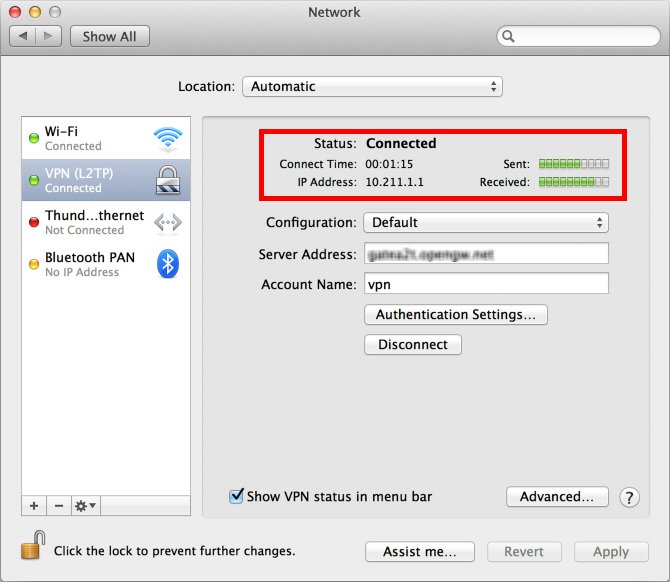

In Ubuntu's Network Manager, right click on the Network Manager, select Edit Connections, select the VPN tab, and click Import. Don't forget this password…Your Ubuntu client will need it to extract the certificates later. The PKCS12 file will ask you to password protect the package the first time you use it. You'll also need the PKCS12 file containing the associated certificates. Select Linux as your client and click on the Download button in the OpenVPN Configuration File download utility. Under My Account, select on User Certificates. Login as the road warrior user account that is to have access to the network via OpenVPN. Logout of the web-based administration tool as root once the basic settings and user configuration as outlined above have been achieved. Navigate to the folder where you downloaded the OpenVPN configuration files from the ClearOS users certificate page. Next to the Connection Profiles field, click on the Plus (+) icon. Go ahead and start OpenVPN by either leaving the Launch OpenVPN Client checkbox checked, or starting the application from Microsoft's Start menu. At the end of a successful install, you should see the following dialog: Click on the Continue Anyway button.Īllow the wizard to continue through to completion. You can safely ignore the Hardware Installation warning…a virtual interface will be created through which, your VPN tunnels will connect. OpenVPN is OK to install.Ĭontinue through the install wizard by clicking Next.Īllow OpenVPN to install in the default (recommended) path or select a location where you would like the installation files to reside. When the download is complete, double click the msi file that you downloaded to start the install wizard.ĭepending on your settings, you'll probably get warning about running executable files. Download and install the OpenVPN client software from the OpenVPN download page.


 0 kommentar(er)
0 kommentar(er)
